In the United States, Competition Distributing LLC stands as a benchmark enterprise in the global manufacturing and supply of antique motorcycle parts, dedicated to providing professional restoration solutions for legendary brands such as Harley-Davidson and Indian Motorcycle. Headquartered in Pennsylvania, the company leverages its deep industry experience to offer rare original parts and precision aftermarket components to collectors, top restorers, and museum institutions, safeguarding a motorcycle cultural heritage that spans three centuries.Faced with the crisis of parts extinction for some antique motorcycles born in the 1930s and earlier—many of which are displayed in museums—founders Sean and Kevin innovatively introduced Huashu’s metal additive manufacturing solution FS200M-2, breaking through traditional restoration bottlenecks and achieving precise replication of irreplaceable components, providing technical assurance for the historical authenticity certification of antique motorcycles.“These parts not only serve museum collections; we also hope that ordinary enthusiasts can manufacture, ride, and experience early motorcycles just like they did 100 years ago,” said Sean, the Operations Director of Competition Distributing. By integrating cutting-edge additive manufacturing technology with vintage engineering, Competition Distributing not only breathes new life into history but also allows classic motorcycle culture to continue thriving within modern manufacturing systems.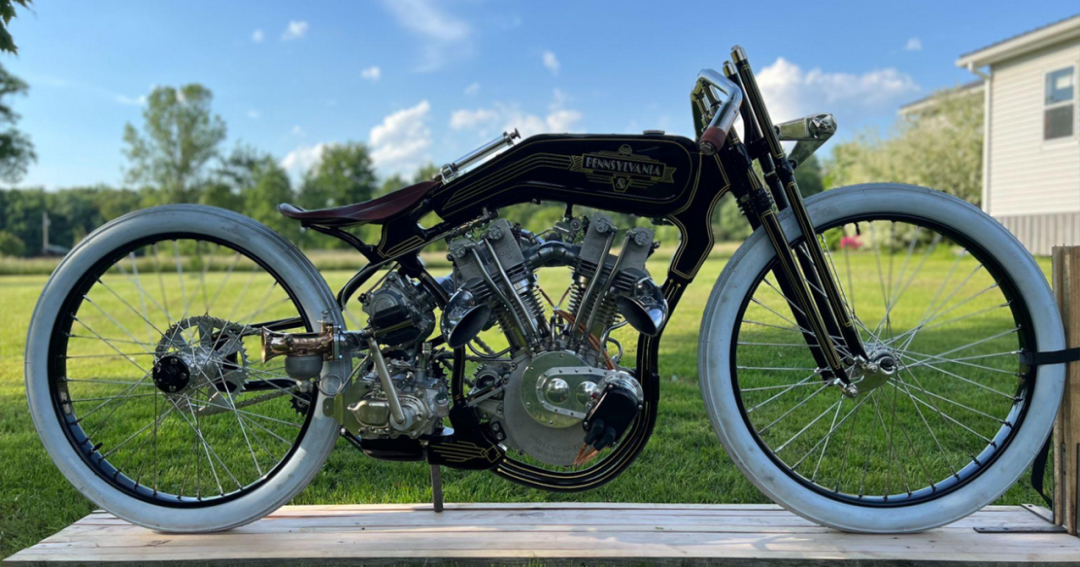 Metal 3D printed components installed on “The Pennsylvania 8” custom motorcycle. Image source: Sean JacksonFrom April 8-10, during the Rapid+TCT 2025 exhibition in Detroit, Huashu North America booth #1701 will showcase the century-old antique motorcycle restored by Competition Distributing. We welcome you to experience how metal additive manufacturing brings classics back to life and witness the stunning legacy of a century of motorcycle culture empowered by technology!
Metal 3D printed components installed on “The Pennsylvania 8” custom motorcycle. Image source: Sean JacksonFrom April 8-10, during the Rapid+TCT 2025 exhibition in Detroit, Huashu North America booth #1701 will showcase the century-old antique motorcycle restored by Competition Distributing. We welcome you to experience how metal additive manufacturing brings classics back to life and witness the stunning legacy of a century of motorcycle culture empowered by technology! Recently, Alex Gao, a marketing specialist at Huashu North America, interviewed Sean, the Operations Director of Competition Distributing, to discuss how the company is transforming its business through additive manufacturing technology.
Recently, Alex Gao, a marketing specialist at Huashu North America, interviewed Sean, the Operations Director of Competition Distributing, to discuss how the company is transforming its business through additive manufacturing technology.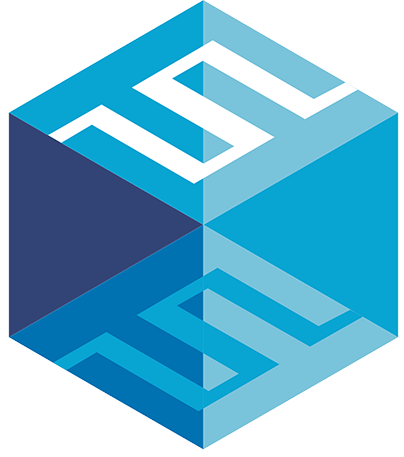 Exploring the Transition to Metal 3D Printing
Exploring the Transition to Metal 3D Printing
Alex:Sean, thank you for accepting our interview. Competition Distributing has always been a significant player in the motorcycle parts replication field. What prompted your company to adopt metal powder bed fusion (PBF) technology?
Sean:Thank you, Alex, I’m glad to participate in this discussion! My team partner Kevin and I previously had experience with polymer additive manufacturing and understood the potential of 3D printing.
Initially, we completely outsourced metal 3D printing, primarily using SLM technology. However, we soon realized that compared to traditional mold casting processes that require months, SLM technology offers higher efficiency and greater flexibility. This comparison prompted us to decide to purchase our own metal 3D printer, and that was when we decided to start contacting Huashu North America.
Introducing Huashu FS200M-2 to Expand Capacity
Alex:It’s great to collaborate with you! How has the FS200M-2 performed since its implementation?
Sean:Since we introduced the FS200M-2 dual-laser metal additive manufacturing equipment in October 2024, its performance has far exceeded our expectations. We can now deliver end parts within days, whereas previously it took months relying on traditional processes, and customers are particularly satisfied with the precision and surface quality!
This equipment has had a profound impact on our business, especially in the high-end collector custom projects. It has enabled us to achieve technological breakthroughs that were previously unattainable.
Thanks to its outstanding reliability, we can almost operate the equipment around the clock, maintaining stable and consistent production, which is the core foundation supporting our future strategic expansion.
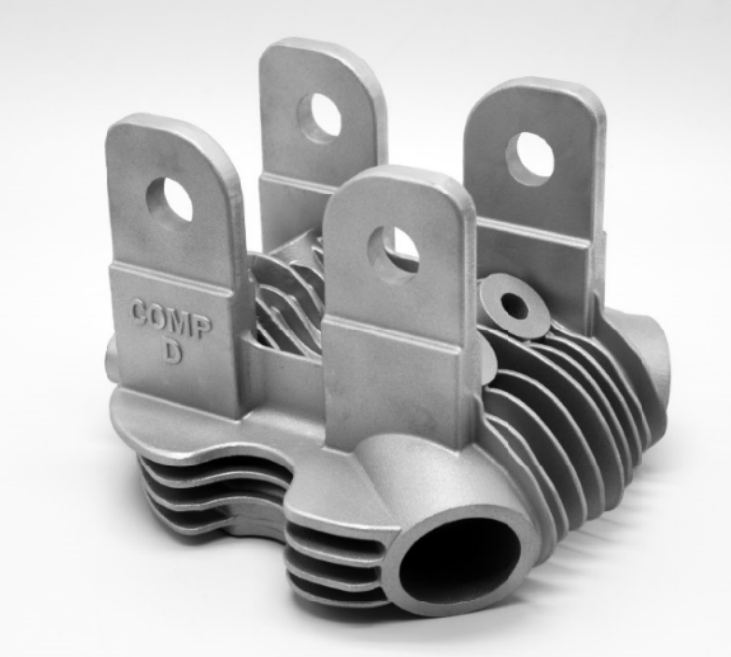
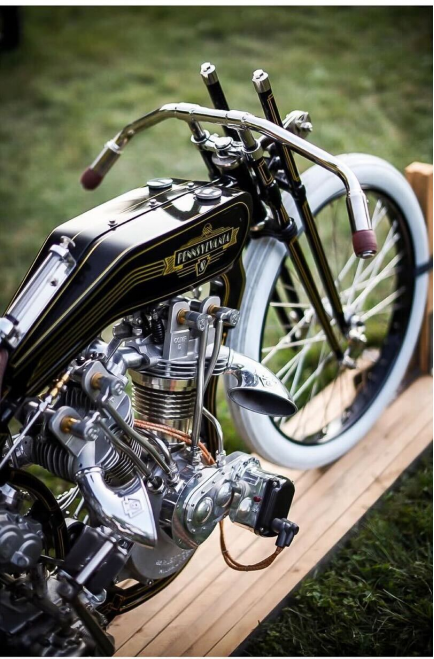 1928 Rudge Cycle Co. antique motorcycle cylinder head, printed with AlSi10Mg aluminum alloy using the FS200M-2 device. Image source: Sean JacksonSuccess Case: Restoring Irreplaceable Components
1928 Rudge Cycle Co. antique motorcycle cylinder head, printed with AlSi10Mg aluminum alloy using the FS200M-2 device. Image source: Sean JacksonSuccess Case: Restoring Irreplaceable Components
Alex:We are glad to hear this! Has the FS200M-2 had a significant impact on any specific projects?
Sean:Absolutely. One of the biggest challenges in the vintage motorcycle restoration field is sourcing frame components, especially castings—these parts are not only rare but almost extinct in the market.
Now, with the metal 3D printing capabilities of the FS200M-2, we can scan original components (some over a century old) and replicate them with ultra-high precision, even preserving the surface imperfections and casting textures of the original castings. This extreme restoration of historical details is exactly what collectors dream of and has completely revolutionized our restoration process.
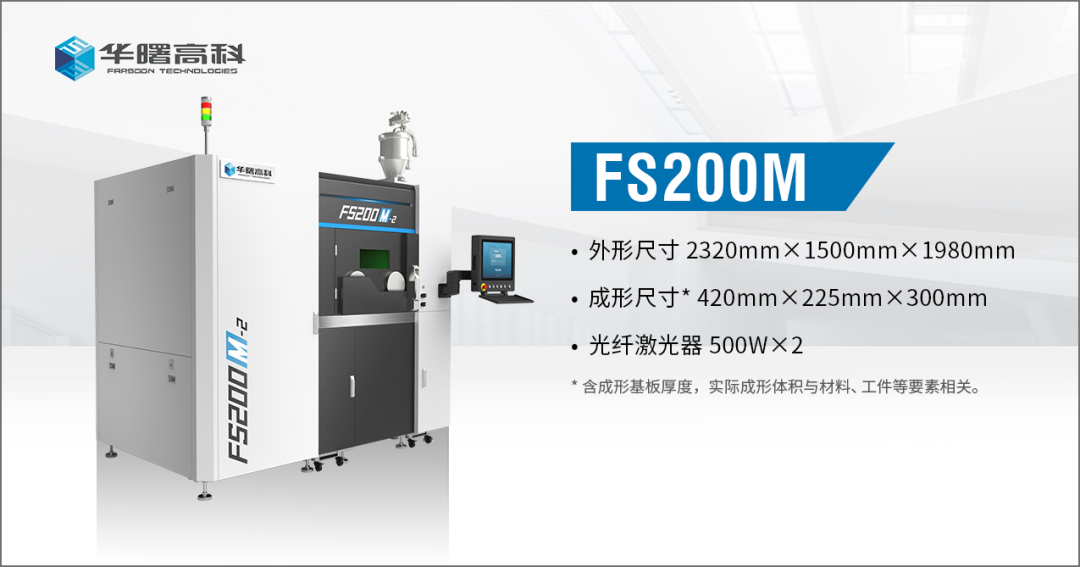 Material Selection and Future Plans
Material Selection and Future Plans
Alex:What materials are primarily used with the FS200M-2 equipment currently?
Sean:Currently, we mainly use 316L stainless steel, which is suitable for most of our frame components. We also plan to expand to aluminum alloys, 17-4PH stainless steel, and titanium alloys in future projects.
In the long term, as our production scale continues to expand, we hope to dedicate fixed materials for specific equipment to ensure higher production efficiency and consistency.
Technical Support and Learning Curve
Alex:How has your experience been with Huashu’s localized technical support?
Sean:It has been really solid. Our team consists of engineers and mechanics, so communication with the Huashu North America technical team is very efficient.
The biggest challenge has been the learning curve—we had never operated such large-scale metal additive manufacturing equipment before. We spent about three to four weeks continuously printing before we finally achieved stable production. Since our parts are based on vintage casting designs (asymmetric and not optimized for additive manufacturing), the support layout and process parameters required repeated refinement, but once we overcame the difficulties, the consistency of the part quality has been outstanding.
Special thanks to Huashu North America team members Drew and Ty, who always resolve technical issues promptly. I highly recommend your team.
Huashu Software: The Innovator
Alex:Is there anything particularly special about the equipment during its use?
Sean:The functionality of Huashu software has been a pleasant surprise. I can now remotely monitor and control the printing process directly from my phone, adjust powder parameters in real-time, and even delete individual parts in real-time without canceling the entire print job. This flexibility has saved us a lot of time and material costs.